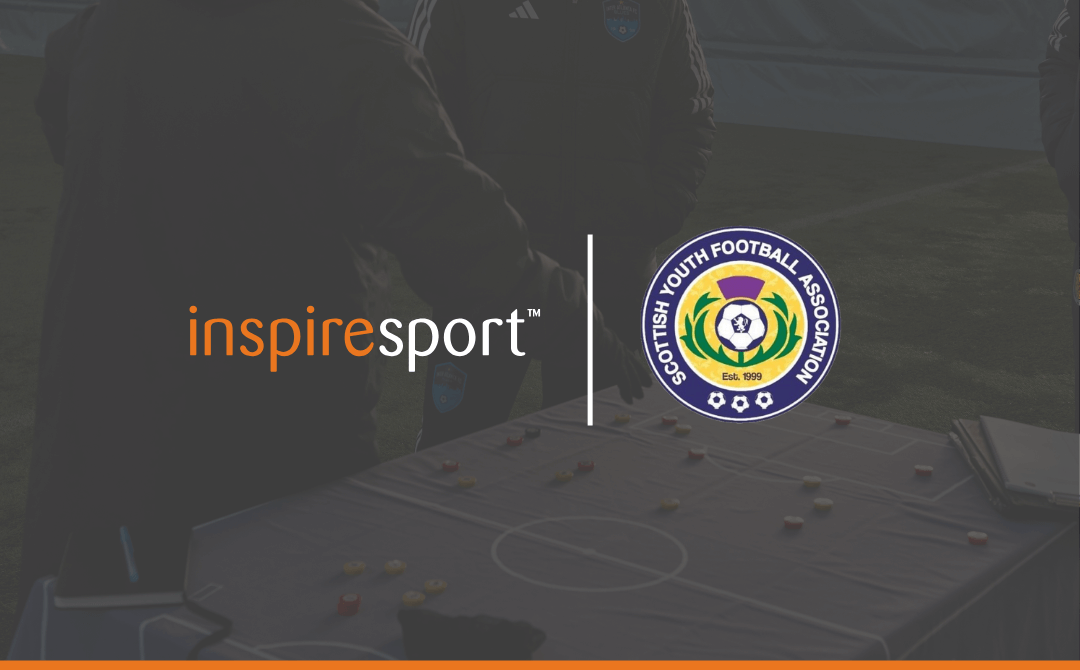What is futsal?
To understand the benefits of futsal it is worth taking a moment to describe the sport. Futsal is an exciting, fast-paced small sided football game that originates from South America. It is widely played across the world, and is the small sided football format that is officially recognised by both UEFA and FIFA (unlike 5-a-side).
Futsal was the name chosen by FIFA, which is simply a combination of the Spanish words for ‘hall’ (Sala) and ‘football’ (Futbol): hence ‘Futsal’. The game began in Uruguay and Brazil where the large crowded cities and a shortage of playing pitches forced a football mad population to find a different format of the game.
Futsal places a large emphasis on technical skill and ability in situations of high pressure. Many of the top world class footballers played futsal in their youth and credit it with supporting their footballing development. South American legends Pele, Zico, Ronaldinho, Kaka and Messi all played and enjoyed futsal. But futsal has not just helped produce South American football stars, on the European stage Cristiano Ronaldo, Iniesta, Xavi and Cesc Fabregas have thanked futsal for helping to hone their considerable skills.
Futsal is a five-a-side game, normally played on a flat indoor pitch with hockey sized goals and a size 4 futsal ball with a reduced bounce. It is played to touchlines and all players are free to enter the penalty area and play the ball over headheight. Games are 20 minutes per half, played to a stopping clock (similar to basketball) with timeouts permitted.
There are a number of differences to our traditional version of small sided football, but the dominant elements are the absence of rebound boards and amendments in the laws that encourage and foster skilful, creative play.
“Futsal is an extremely important way for kids to develop their skills and understanding of the game. My touch and my dribbling have come from playing Futsal.” Ronaldinho, FIFA World Footballer of the Year 2004 & 2005
Benefits of futsal
Although futsal is very much a game in its own right, there are also a number of benefits for football by encouraging young people to play futsal as part of a balanced training programme to improve their overall technical development. The game of futsal creates an environment that allows young people to simulate and develop many skills and proficiencies that are transferrable to the 11-a-side game.
The nature of futsal, with the smaller confines of the pitch, makes it harder to find space, the line markings that prevents easy escape from tight situations, and the smaller heavier ball which supports closer ball control and manipulation supports the technical development of young players in a multitude of ways.
Research indicates that individual’s playing futsal receive the ball six times more often than they would do when they are playing 11-a-side football, allowing players to perform more individual techniques such as passes, controls, fakes, feints, dribbles and runs with the ball.
Confidence on the ball, receiving a pass under pressure, decision-making in 1v1 situations, and ball retention are all important fundamental skills that are key to developing young players and that are practiced regularly within a game environment in futsal.
“As a little boy in Argentina, I played Futsal on the streets and for my club. It was tremendous fun, and it really helped me become who I am today” Lionel Messi, 5 times FIFA World Footballer
5-a-side differences
Futsal 5-a-side
| Played to lines. Ball is returned to play with a ‘Kick In’. Controlled by 4 seconds to re-start play. | No ‘by’ or ‘Goal’ line – uses rebound boards or walls so ball is constantly in play. |
| Use of established pitch dimensions | Pitch size dictated by halls & facilities so no consistency |
| All players are allowed to enter each penalty area | Only the Goalkeeper is permitted to enter penalty area |
| No height restriction on ball | Use of restrictions on height of ball – e.g: head height |
| Use of indoor goals (3m x 2m) | Use of rectangular goals unique to British 5-a-side (4m x 1m) |
| Use of Futsal ball (size 4, 30% reduced bounce) | Uses a standard size and regulation bounce football – hard to control and less player contact. |
| 5 foul limit – a ‘penalty’ for every infringement after 5th foul | Unlimited fouls |
| Matches are played to a ‘stopping clock’ – the time stops when the ball is out of play. | Matches are played to a non-stopping clock |
| Coaches can call one time-out each half to discuss tactics with the players. | No time-outs – non-stop for the duration of the game. |
If you are interested in introducing futsal to your team/ club, visit our Manchester Futsal page to find out more: https://www.inspiresport.com/tours/football/europe/uk/manchester-futsal-club/






